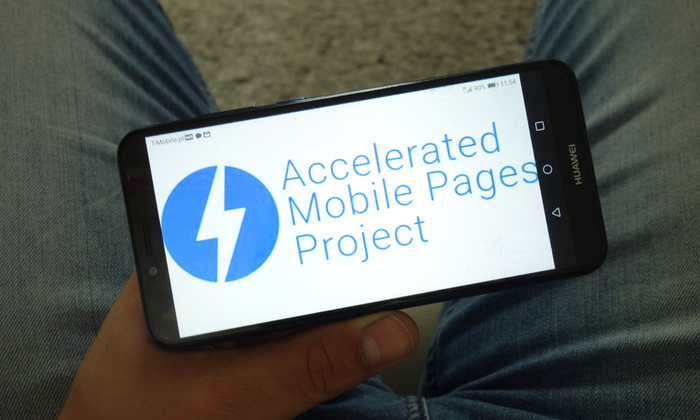With respect to your site, faster is better.
Faster loading pages rank higher, have lower bounce rates, and result in happier website visitors. Speed is vital to such an extent that Google executed a few projects to further develop it, including sped up versatile pages, otherwise known as AMP.
At the point when it was first delivered, AMP was somewhat of no joking matter. Many large site owners like Twitter took the action and Google demanded it was setting down deep roots.
Over the most recent couple of years, be that as it may, there's been less discussion about AMP. In 2021, Google discreetly eliminated the AMP image from the search terms.
What's going on with AMP? Will it still exist in 2022-2023? What difference did it make in any case?
What Are Accelerated Mobile Pages (AMPs)?
Accelerated Mobile Pages, likewise called AMPs, are an open-source coding project made by Google to assist sites with loading quicker on cell phones. AMP works by stripping pages down to their most fundamental parts and storing a cached version form on Google servers, which permits them to convey content very quickly.
Features like videos, advertisements, and animations are removed, leaving just the most valuable substance and pictures. This can be perfect for mobile users, who can understand articles and blog entries in seconds as opposed to trusting that perplexing components will stack.
At first, AMP pages appeared in the query items with a lightning bolt symbol, demonstrating they are AMP and would load quicker:
What Is the Goal of AMP for Websites?
The objective of AMP is to give a superior client experience by conveying content quickly in a flash at times. Google has been centered around page load time for some time. Speed is a loading factor. AMP's primary objective was to speed up.
How Does the AMP Plug-In Work?
Paul Shappiro from Search Engine Land lays out the three-part structure of AMP:
AMP delivers your pages utilizing improved HTML code. Accordingly, the pages load quicker on the grounds that it dispenses with the HTML code tag manager aspect that would dial back the page.
Note: If JavaScript is included in your mobile pages, it will not be delivered for your Accelerated Mobile Pages.
Few Things You Must Consider-
1. With AMP, you have to use a streamlined version of CSS.
2. You are only permitted to use the JavaScript library that AMP provides. Since you’re not in control, you may experience slow loading.
3. For AMP sites to work, they must be properly validated.
4. Custom fonts have to be specially loaded.
If your site offers an AMP version, the client is naturally diverted to the AMP page, which lessens the load time and can have significant implications for conversions, promotion income, from there, the sky's the limit.
For more details and updates on AMP we will discuss it in the next Blog part.






.png)


